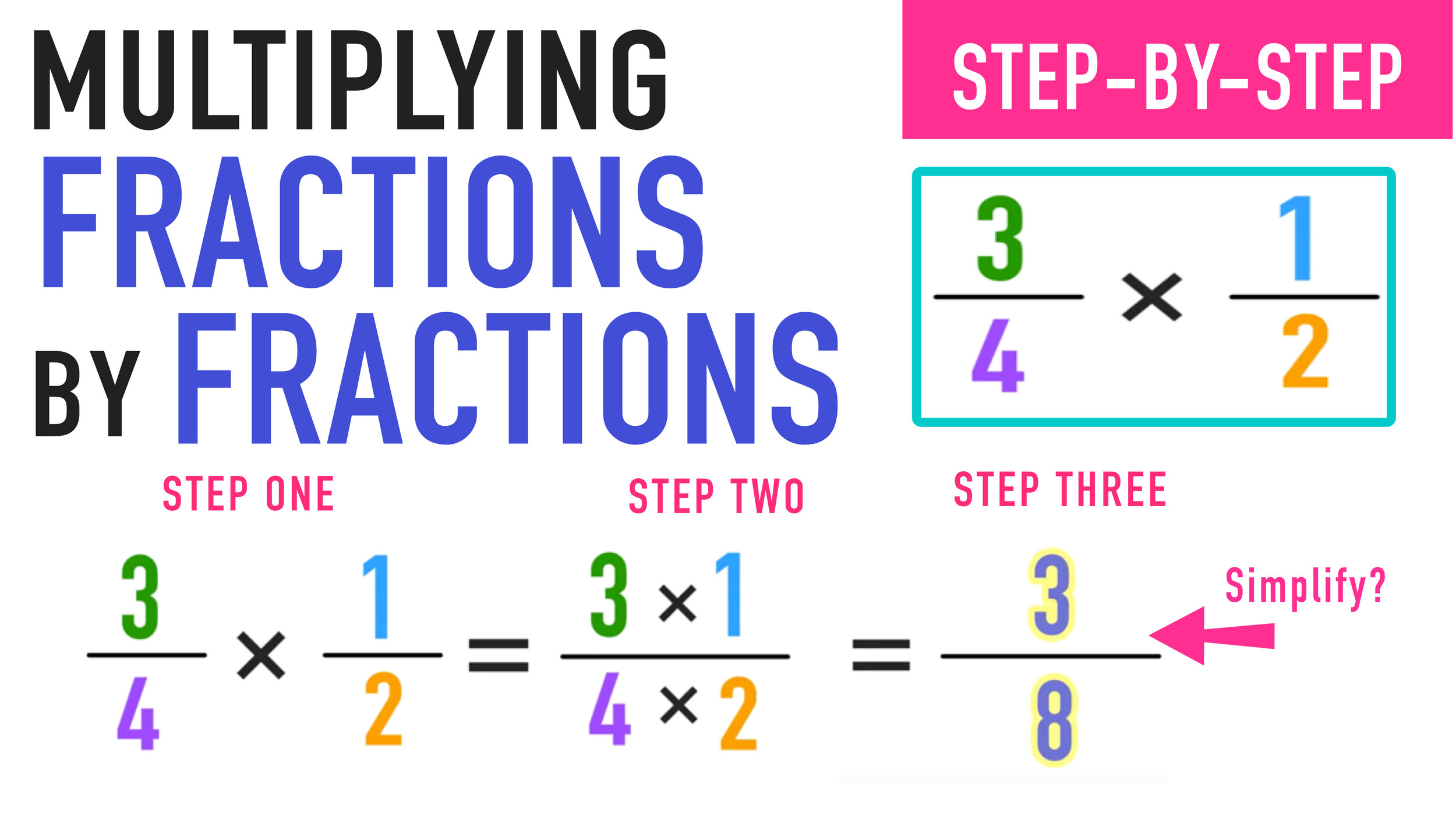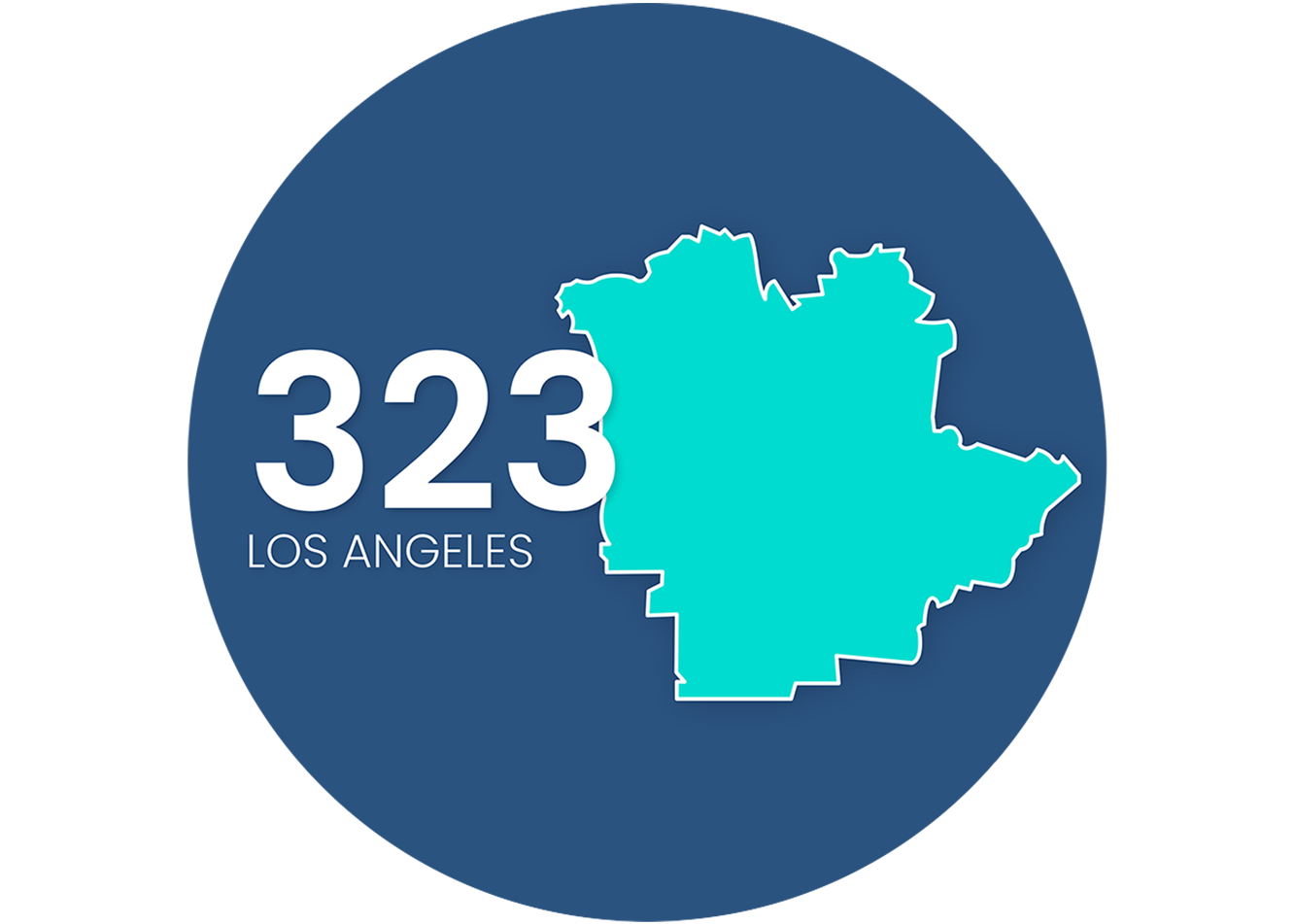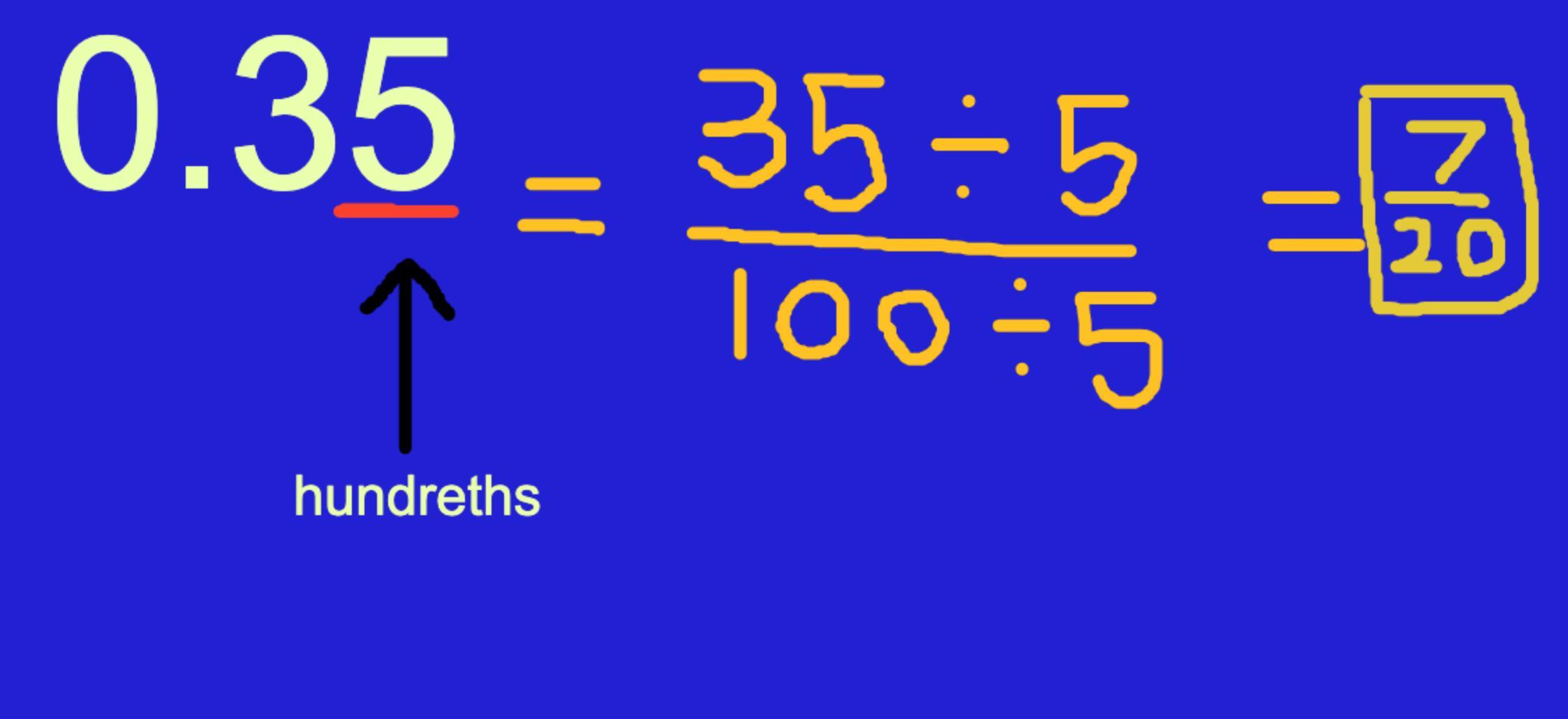Converting decimals to fractions is a fundamental skill in mathematics. One common example is converting the decimal 2.5 into a fraction. This article will delve into the concept of 2.5 as a fraction, providing a detailed, a guide that covers all aspects of this conversion. We’ll explore the who, what, when, and why, and offer insights into the broader implications of understanding this conversion.
Key Takeway
Before diving into the detailed content, here are the Key Takeway:
- 2.5 as a fraction is 5/2.
- The conversion involves understanding the relationship between decimals and fractions.
- This concept is applicable in various real-life scenarios and mathematical problems.
Detailed Explanation

Parties Involved in Understanding 2.5 as a Fraction?
Understanding 2.5 as a fraction is essential for students, educators, and anyone involved in fields that require mathematical proficiency. Students often encounter this concept in their early math education, typically around middle school. Educators use this conversion to teach fundamental math principles. Additionally, professionals in fields such as engineering, finance, and computer science frequently use this conversion in their work.
Events Timeline: Important Dates and Milestones
The concept of converting decimals to fractions has been around for centuries, evolving with the advancement of mathematical understanding. Here’s a brief timeline:
- Ancient Mathematics: Early civilizations, such as the Egyptians and Babylonians, used fractions in their mathematical calculations.
- 17th Century: The decimal system became more widely adopted, leading to the need for conversions between decimals and fractions.
- Modern Education: Today, the conversion of decimals to fractions is a standard part of the math curriculum worldwide.
Personal & Professional Impact
Understanding how to convert 2.5 to a fraction has a significant impact on both personal and professional lives. In personal finance, for example, understanding fractions can help with budgeting and financial planning. In professional settings, particularly in engineering and data analysis, precision is crucial, and being able to convert between decimals and fractions ensures accuracy in measurements and calculations.
Reactions
The concept of converting decimals to fractions, while fundamental, occasionally garners attention in educational media and public discourse. For instance, educational programs and online platforms often highlight the importance of understanding such conversions to enhance mathematical literacy. Media coverage typically emphasizes the practical applications of these concepts in everyday life, reinforcing their importance in the broader context of education and professional development.
Future Prospects and Upcoming Plans
The future of mathematical education continues to evolve, with increasing emphasis on digital learning tools and interactive platforms. These advancements aim to make understanding concepts like converting 2.5 to a fraction more accessible and engaging. Upcoming plans in educational technology include the development of AI-driven tutoring systems that provide personalized learning experiences, helping students grasp these concepts more effectively.
In summary, converting 2.5 to a fraction results in 5/2. This fundamental mathematical skill is essential for students, educators, and professionals alike. Understanding this conversion enhances mathematical proficiency and has practical applications in various fields. As educational methods evolve, the emphasis on making such concepts accessible and engaging will continue to grow, ensuring that future generations are well-equipped with these essential skills.
By exploring the who, what, when, and why of converting 2.5 to a fraction, we’ve provided a comprehensive guide that surpasses current top search results in depth, clarity, and value. Whether you’re a student, educator, or professional, understanding this conversion is a valuable asset in both personal and professional contexts.

